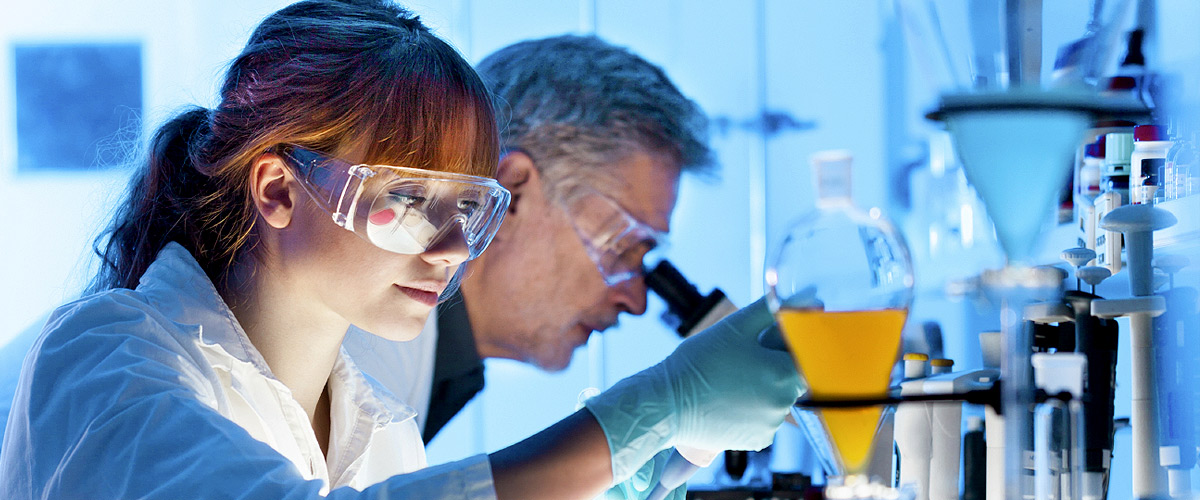One of the top priorities for every laboratory should be the safety of its employees facilitated by creating a culture of safety consciousness, education, organization and accountability. Managing safety is more than having a top-down list of dos and don’ts, viewing educational videos, providing protective wear, and having policies for incident management. A safe lab environment requires an ongoing active involvement by everyone. It’s about having strategies for prevention, an awareness of your individual laboratory environment and the potential for accidents; and taking responsibility when action is needed.
So, while there are universal guidelines for safe laboratory practices, each laboratory’s policies and procedures should reflect particular considerations of hazards arising out of the use of its own instrumentation, testing requirements, physical structure, workflow, and traffic patterns.
We are all familiar with the general safety guidelines:
- Always wear appropriate personal protective equipment.
- Wash your hands after working with potentially hazardous materials and before leaving the laboratory.
- Do not eat, drink, smoke, handle contact lenses, apply cosmetics, or store food for human consumption in the laboratory.
- Follow the institutional policies regarding safe handling of sharps.
- Take care to minimize the creation of aerosols and/or splashes.
- Decontaminate all work surfaces before and after work, and immediately after any spill or splash of potentially infectious material with an appropriate disinfectant.
- Decontaminate all potentially infectious materials before disposal.
- Report any incidents that may result in exposure to infectious materials to appropriate personnel (e.g., laboratory supervisor, safety officer).
However, an effective safety program must also incorporate the (now) standard phrase: “If you see something, say something.” Too often I have heard people say that they were aware that there were “problems” (such as a slippery spot in the break room; a loose leg on the phlebotomy chair; an unstable shelf above their work area), yet said nothing, assuming someone else would notice it and fix it. Take personal responsibility before someone gets hurt.
We must also remember that following safe practices is a choice. Management can provide all the education and protective equipment in the world – but an employee deciding to ignore safety rules will do so. Every individual makes the decision to follow the guidelines, or not. Ensure anyone seen acting in an unsafe manner is taken aside, coached, and not allowed to continue that way. Anyone repeatedly ignoring safety guidelines and putting fellow staff in jeopardy should be encouraged to choose a different place to work.
Finally, emphasize that safety awareness doesn’t end at the laboratory exit; encourage the same safety-consciousness throughout your facility.

